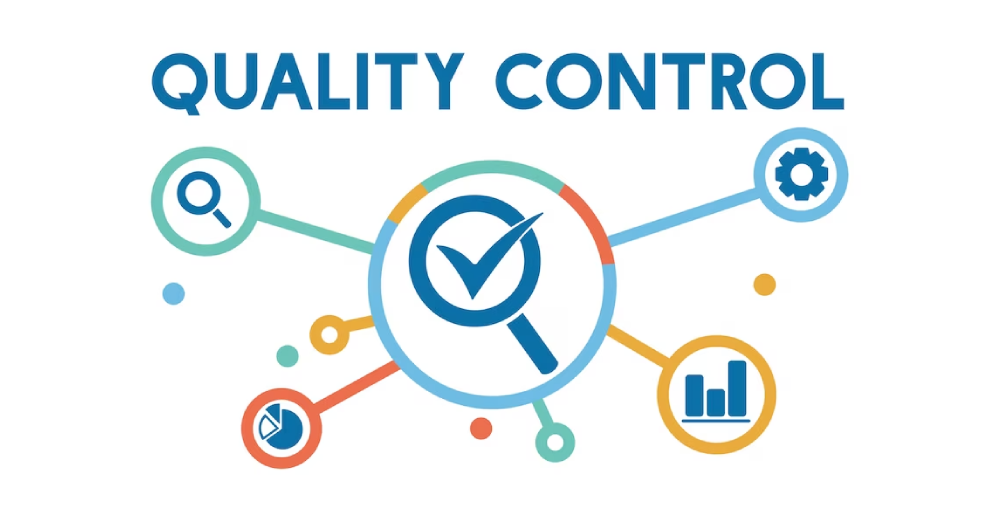
- Quality control (QC) in mass spectrometry proteomics is essential for generating reliable data across laboratories, enhancing confidence in experimental results.
- Proteomics cores benefit from off-the-shelf QC materials and user-friendly QC software, which provide benchmarks for instrument and process performance.
- Different QC material types (QC1 to QC4) allow for specific performance monitoring, from instrument calibration to workflow validation, ensuring data accuracy and troubleshooting support.
Quality control (QC) in mass spectrometry-based proteomics has seen significant advancements, yet adoption remains inconsistent. In proteomics cores, QC is crucial for ensuring data reliability, especially when data serves non-expert clients who rely on its accuracy. This primer outlines a practical guide to QC materials and software, aiming to streamline QC implementation in core labs by focusing on readily available QC materials and software tools.
The authors categorize QC materials into four types—QC1 to QC4—based on complexity and use. QC1 materials, like peptide mixtures, allow simple calibration and are typically used in system suitability testing (SST). More complex materials, like whole-cell lysates (QC2) or spiked samples (QC3), assess entire workflows and can track method accuracy and precision. QC4 samples, often a suite of complex materials, enable broader evaluations but require more instrument time. Labs can choose QC types based on their workflow needs, such as quantitative versus qualitative proteomics, ensuring the right balance of performance insight and cost efficiency.
Implementing QC also involves a tailored approach to software. A range of tools, from free software like QCloud2 to commercial solutions like Biognosys’ QuiC, offers easy access to QC metrics across various experimental setups. These tools help labs monitor system consistency over time, addressing technical and experimental variability. Using these tools alongside QC materials provides essential benchmarks, helping labs catch issues early, ensure data comparability, and confidently communicate quality to clients.
Overall, the guide highlights QC’s pivotal role in proteomics, helping labs streamline QC processes, troubleshoot efficiently, and maintain high standards for data integrity. The primer encourages cores to integrate QC into routine operations to maximize data reliability and enhance user trust in their analytical outputs.


Leave a Reply
You must be logged in to post a comment.